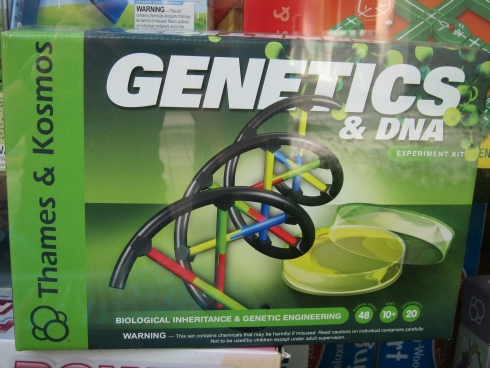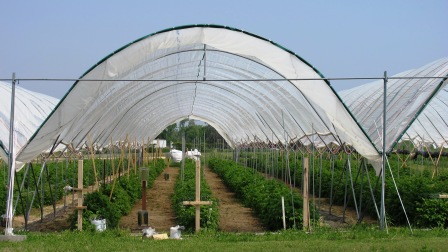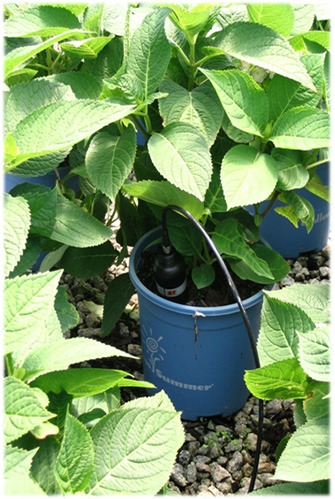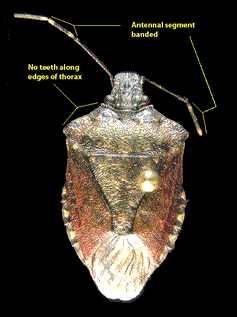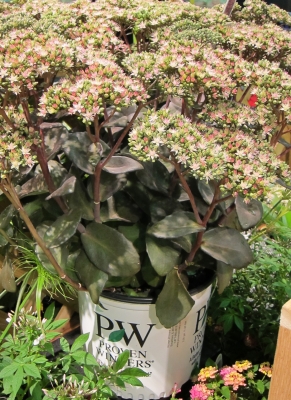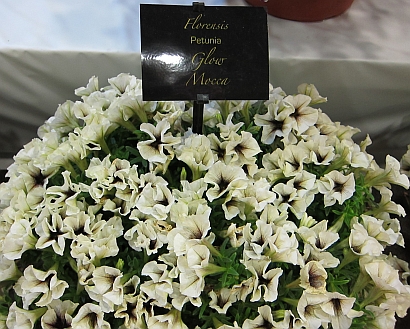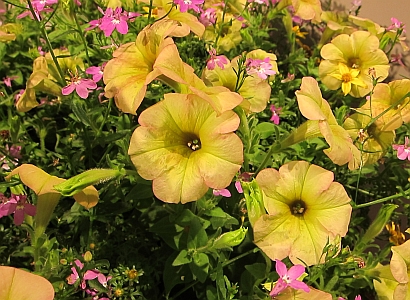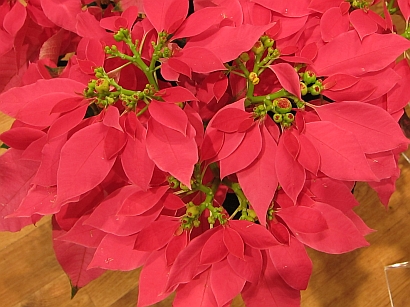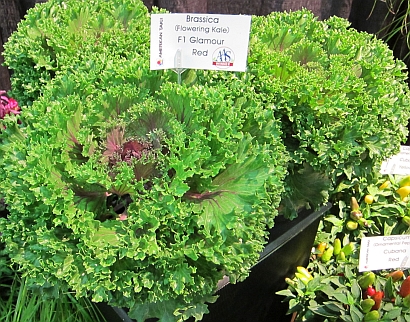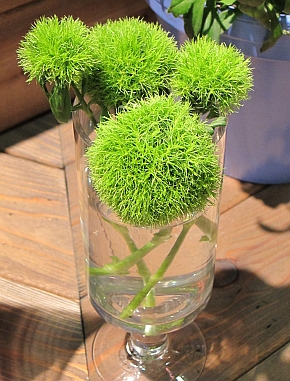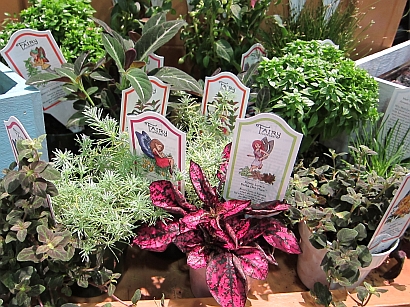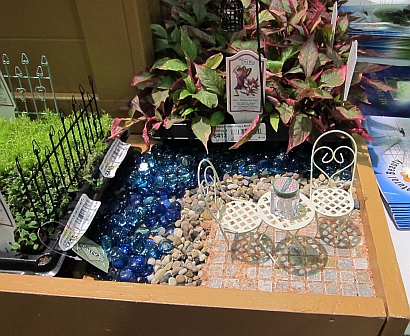I started to leave a comment on Linda’s Friday post regarding Seattle Public Utilities proposed building codes regarding “Healthy Landscapes” but decided I’d weigh in with a regular post. Linda honed in on the 75% native requirement but there are lots of things to make one scratch their heads in the proposed codes.
Existing invasive plant species shall be removed and no invasive species planted.
No mention of how invasive plants shall be removed. Heavy-duty herbicides? Armies of school children forced into slave labor? Slow-moving ground-fire? Goats?
75% of all new plantings will be native to Western Washington.
So where did 75% come from? Sounds like a number that was pulled out of the air. How is 75% defined? 75% of plants? 75% of the area? And how does this foster “Healthy Landscapes”? If I have a 2 acre landscape and plant an acre and half of salal or Oregon grape I’ve met the requirement of 75% but have I increased species diversity or structural diversity or contributed to a “Healthy Landscape”?
A vegetation plan must be submitted for review.
By whom? What happens if they (whoever ‘they’ are) don’t like it?
Existing native plant species shall be protected whenever possible.
Sounds reasonable but what about existing non-invasive non-natives? Could a homeowner be required to cut down a 40-year-old red maple?
And on and on we could go. Let me state clearly, I’m not against native plants. Quite the opposite – I grew up in western Washington and have a passion for PNW plants since my high school days. Since moving to Michigan I’ve written articles and given talks promoting natives here as well. http://www.hrt.msu.edu/assets/PagePDFs/bert-cregg/GoingNative.pdf
Nonetheless, I think many in the native plant movement hurt their cause by parroting the same old lines without ever critically thinking about what they’re saying. Repeating a lie often enough times does not make it the truth.
Let’s critically look at some of the reasons for planting natives according to the Washington State Native Plant Society:
Native plants are adapted to our climate of wet winters and dry summers.
True. But so are lots of non-natives. Adaptedness is a function of the environment in which plants have evolved; whether it’s native or exotic. There are many climates around the world that are similar to the PNW and can produce similarly adapted plants.
Require less water than most non-natives once they are established.
Once again, adaptations such as drought tolerance are a function of the climate under which plants evolved. There are many exotic species that are more drought hardy than western Washington natives and likely to use less water.
Resist native pests and diseases better.
Sometimes. But unfortunately the days of worrying only about native pests are in the distant past. Exotic pests are here and they are here to stay. Dutch elm disease, white pine blister rust, emerald ash borer, chestnut blight, Japanese beetle, the list of exotic pests is long and getting longer. Native does not mean pest-free.
Improve water quality by needing less fertilizer and no pesticides.
OK, here’s where I get confused. The reasoning in Doug Tallamy’s book, Bringing Nature Home, is that native insects don’t feed on exotic plants, therefore if we plant exotics, native food pyramids will collapse and it will be the end of life as we know it. So… if native insects won’t feed on exotic plants, why would exotics require more pesticide use?
Save resources and encourage a sense of Stewardship.
Ok, now maybe we’re getting somewhere. Not sure why stewardship is capitalized here but if they mean a ‘sense of place’ or a ‘connection to the natural environment’ then I can buy it. Many native activists, including Tallamy, run away from this argument – apparently it doesn’t sound scientific enough – but it’s one of the best we have. Washington state has some of the most incredible plants anywhere. They should be celebrated and promoted and planted. In my mind, the biggest reason for planting natives – along with carefully selected non-natives – is to increase overall biodiversity. When I mention biodiversity I am speaking broadly; species diversity, structural diversity, age-class diversity, and landscape diversity. When we look to the future we have no idea what lies ahead. We don’t know what new, exotic diseases or insects are looming on the horizon. Most of us expect climate will change but no one can say with certainty how. Plants cannot evolve as fast as climate will change or as fast as new pest will be introduced. The only way to deal with this uncertainly is to spread the risk through diversity – this includes natives, exotics, and even interspecific hybrids.
